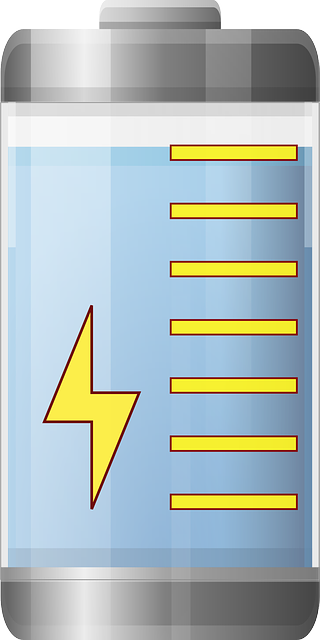Button batteries, used in devices like remote controls, toys, and hearing aids, are a serious health hazard for children, as they can cause severe chemical burns within hours if ingested. It's crucial for parents to ensure these batteries are stored securely in child-resistant containers and disposed of safely according to local regulations, which may include recycling programs. Households should avoid disposing of button batteries in regular trash due to potential harmful reactions with other waste materials. Immediate medical attention is necessary if a battery is suspected to be ingested, as symptoms can mimic other conditions but require urgent care. Proactive measures include using tamper-resistant compartments on devices, educating oneself and family members about the risks, and advocating for child-resistant packaging and safer designs in button batteries. Additionally, there is a growing call for stringent regulations and safety standards to protect children from these hazards. By working together, stakeholders can help prevent accidents and safeguard the health of children.
When small children explore their surroundings with boundless curiosity, households with button batteries demand extra vigilance. This article delineates critical safety measures for parents to safeguard against the risks associated with these power sources, which can pose serious health threats if ingested. From secure storage solutions and childproofing devices to recognizing symptoms of emergencies and proper disposal methods, we’ll navigate through each step to ensure your home is a safe haven for your little ones. Additionally, we’ll explore the importance of advocating for safer designs and stricter regulations in the realm of button battery technology.
- Understanding the Risks Associated with Button Batteries
- Storing Button Batteries Safely at Home
- Childproofing Devices with Button Batteries
- Recognizing the Signs of a Button Battery Ingestion Emergency
- Immediate Steps to Take if a Button Battery is Swallowed
- Disposing of Used Button Batteries Responsibly
- Advocating for Safer Designs and Regulations of Button Batteries
Understanding the Risks Associated with Button Batteries
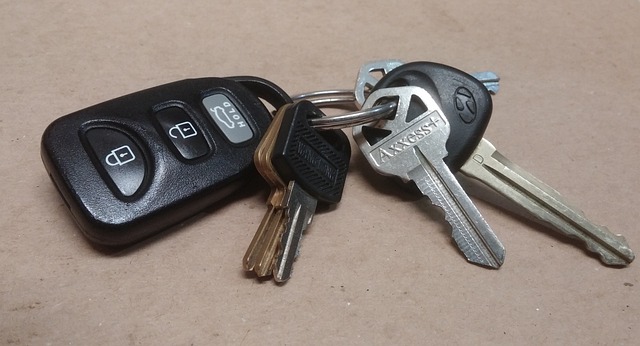
Button batteries are small, round cells that power a variety of everyday devices, from remote controls to children’s toys and hearing aids. While these batteries offer convenience and efficiency, they also pose significant risks, particularly when ingested by young children. The primary hazard associated with button batteries is their potential to cause severe chemical burns within hours of ingestion. When swallowed, the battery can activate and release an alkaline substance that rapidly corrodes surrounding tissues, leading to serious health complications. This risk is not hypothetical; there have been numerous reported cases resulting in hospitalization and even life-altering injuries. It’s crucial for parents to be vigilant about the proper disposal of used button batteries and to maintain a safe environment to prevent access to these hazardous items. Keeping an eye on small children during play or when handling devices with button batteries is essential to avoid such dangerous situations. Parents should also educate themselves on the symptoms of a battery ingestion emergency, which may include abdominal pain, vomiting, lethargy, and refusal of food or fluids. Prompt medical attention is critical once such symptoms are observed. Understanding the risks associated with button batteries is not just about being aware; it’s about taking proactive steps to protect children from these hidden dangers.
Storing Button Batteries Safely at Home

When storing button batteries at home, safety is paramount to prevent accidental ingestion, which can lead to serious health risks. It’s crucial to keep these small, powerful cells out of reach of young children and pets. Store button batteries in a secure, dry place, away from household moisture that could cause corrosion or leakage. Use child-resistant containers specifically designed for battery storage, as these are engineered to prevent unauthorized access. Additionally, label these containers clearly, so that all family members understand the importance of maintaining their contents undisturbed by anyone except responsible adults. Regularly check the condition of your button batteries, ensuring they are stored in a cool, dry environment to preserve their integrity and prevent any potential dangers associated with malfunction or damage. By implementing these precautions, you can significantly reduce the risk of button battery-related incidents within your household.
Proper disposal is also an integral part of button battery safety at home. Once a battery has been used, it should be discarded according to local regulations, which may involve specific recycling programs or designated collection points. Never dispose of button batteries in the regular trash as they can react dangerously with other waste materials. By adhering to these storage and disposal guidelines, you can protect your family and contribute to the overall safety of button battery usage in domestic settings.
Childproofing Devices with Button Batteries
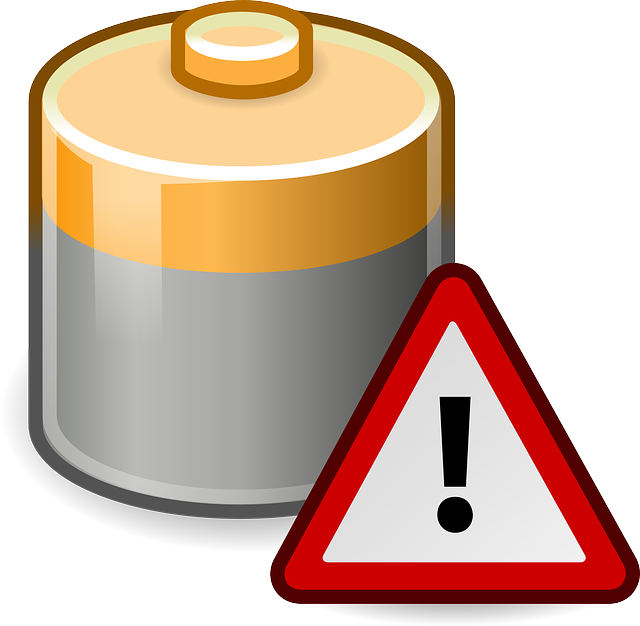
When childproofing electronic devices that utilize button batteries, it’s crucial to prioritize safety measures to protect children from potential hazards. Button batteries, often found in small devices such as remote controls, toys, and hearing aids, can pose serious risks if ingested. These batteries can cause severe chemical burns within hours due to their high energy content. To mitigate this danger, consider securing the battery compartments with tamper-resistant screws or locking mechanisms that require a special tool to open, thus preventing young children from accessing them. Additionally, always keep devices with button batteries out of reach of children when not in use. It’s also advisable to dispose of used button batteries properly and to replace devices with button batteries regularly if they show signs of wear or damage, as these can also pose a risk. By implementing these childproofing strategies, parents and caregivers can create a safer environment for their children around the pervasive use of button batteries in everyday household items.
Recognizing the Signs of a Button Battery Ingestion Emergency
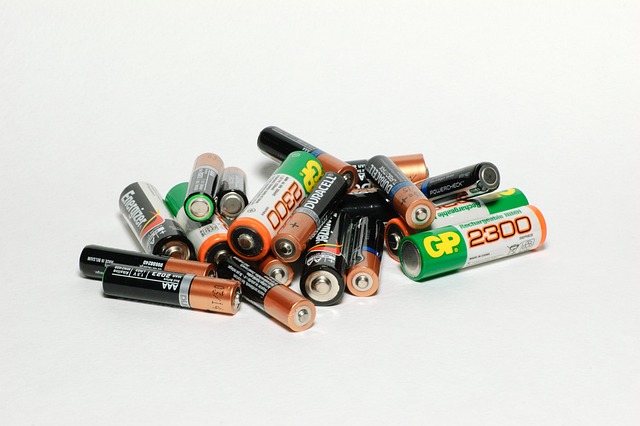
When it comes to household items, button batteries are ubiquitous, powering a myriad of devices from children’s toys to remote controls and hearing aids. These small, disc-shaped cells offer convenience but also pose a significant risk if ingested by young children. Recognizing the signs of button battery ingestion is crucial for prompt action. Immediate medical attention is essential as these batteries can cause severe chemical burns within two hours of ingestion. Symptoms to watch for include abdominal pain, vomiting, lethargy, and changes in behavior, which may indicate that the battery has already begun to corrode internal tissues. If you suspect button battery ingestion, do not induce vomiting or attempt to remove the battery yourself, as these actions can increase the risk of harm. Time is of the essence; therefore, contact emergency services or a healthcare provider without delay for proper diagnosis and treatment. It’s important to secure batteries out of children’s reach and educate yourself and your family on the hazards associated with button batteries to prevent such emergencies. Keeping these safety measures in mind can make a significant difference in protecting children from the dangers posed by these seemingly benign but potentially harmful components.
Immediate Steps to Take if a Button Battery is Swallowed
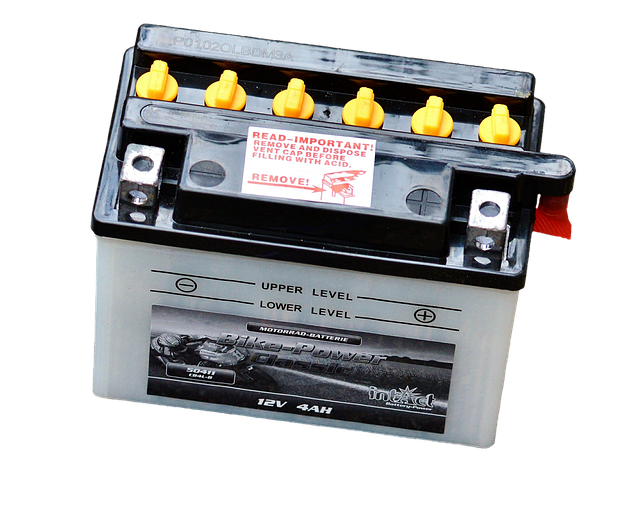
In the unfortunate event that a button battery is swallowed, immediate action is crucial to prevent serious health risks. The first step is to remain calm and contact emergency services or seek medical attention promptly. These batteries can cause severe chemical burns as soon as two hours after ingestion due to their high voltage and alkaline content. It is imperative not to induce vomiting, as this may lead to further injury. Healthcare professionals have specialized tools and procedures, such as X-rays or endoscopy, to locate and retrieve the battery safely. Early intervention significantly increases the chances of a positive outcome. Parents should keep the National Poison Control Center’s number readily available for such emergencies and educate themselves on the proper disposal of used button batteries to minimize the risk of accidental ingestion.
Button batteries are commonly found in household items like toys, remote controls, and electronic devices. Their small size makes them a choking hazard and a potential danger if swallowed. To mitigate this risk, it is advisable to securely store or dispose of these batteries out of children’s reach and to opt for battery-less devices where possible. Safety measures also include purchasing button batteries with child-resistant packaging and supervising young children during play with products containing these batteries. Staying informed and prepared can make all the difference in protecting children from the hazards associated with button batteries.
Disposing of Used Button Batteries Responsibly
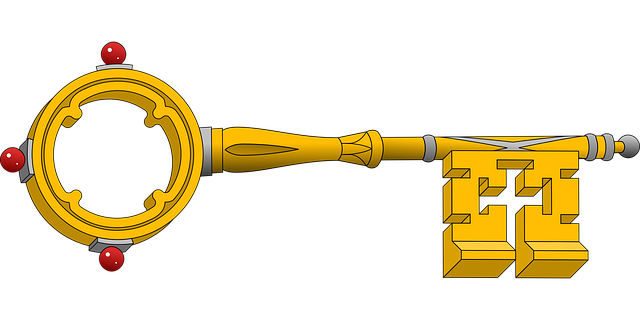
When a toy or device powered by a button battery reaches the end of its life, it’s crucial to dispose of the spent battery responsibly. Button batteries, while small in size, can pose significant health risks if ingested. Their high energy output allows them to react rapidly with bodily fluids, leading to severe chemical burns within two hours. To prevent potential harm and environmental damage, it’s imperative to follow proper disposal protocols. Firstly, never attempt to dispose of button batteries in regular trash or recycling bins without proper containment. These batteries can react dangerously with other waste materials. Instead, locate and utilize designated hazardous waste collection points or recycling centers that accept button batteries. Many local government agencies and waste management companies provide information on where to safely dispose of these items. By doing so, you not only protect individuals from the risks associated with accidental ingestion but also help preserve the environment by preventing the release of hazardous substances into the ecosystem. It’s a simple yet impactful step that every household with electronic devices and toys should take to ensure the safety and well-being of both people and the planet.
Advocating for Safer Designs and Regulations of Button Batteries

In recent years, the incidence of harmful incidents involving button batteries has prompted a critical reevaluation of their design and availability. These small, coin-sized batteries are ubiquitous in everyday devices such as remote controls, musical greeting cards, and children’s toys, making them easily accessible to curious young children. The hazard arises when these batteries are ingested or come into contact with bodily fluids, leading to serious chemical burns. Recognizing the gravity of this issue, advocates for safety are pushing for more robust designs that prevent accidental access or ingestion. These include battery compartments with secure locks or tamper-resistant features that align with child-proofing standards. Additionally, there is a growing call for stricter regulations to govern the manufacturing and distribution of these batteries. Such measures could involve mandatory safety standards, clear labeling indicating the potential danger, and educational campaigns aimed at both manufacturers and consumers. By advocating for safer designs and stringent regulations, we can significantly reduce the risks associated with button batteries and protect children from harm.
The importance of proactive measures cannot be overstated, as the consequences of battery ingestion are severe. The alkaline content within button batteries reacts rapidly with bodily fluids, causing chemical burns that can necessitate surgical intervention. The urgency for action is underscored by the increasing number of reported cases and the potential for long-term health complications. Therefore, the push for safer designs encompasses not only child-resistant packaging but also the exploration of alternative battery technologies that are less hazardous. While regulations are being developed and implemented at various levels of government, ongoing vigilance and advocacy by parents, healthcare professionals, and safety organizations are crucial in ensuring that these small yet potent devices do not pose a risk to our children. The collective effort towards safer button batteries is not just about preventing accidents; it’s about safeguarding the well-being and future health of our youngest community members.
When it comes to safeguarding children from the risks associated with button batteries, vigilance and proactive measures are key. This article has outlined critical steps for storing, childproofing, and disposing of these small but potentially dangerous cells. By understanding the hazards, maintaining a secure environment, and recognizing the urgent signs of ingestion, parents can protect their young ones from the serious consequences that button batteries pose. Moreover, advocating for design improvements and stricter regulations will further enhance safety standards for these common household items. Remember to adhere to the storage and disposal protocols to mitigate accidents and ensure a safer home environment. Taking these precautions is not just about avoiding a dangerous situation; it’s about promoting well-being and peace of mind for all families with young children.



